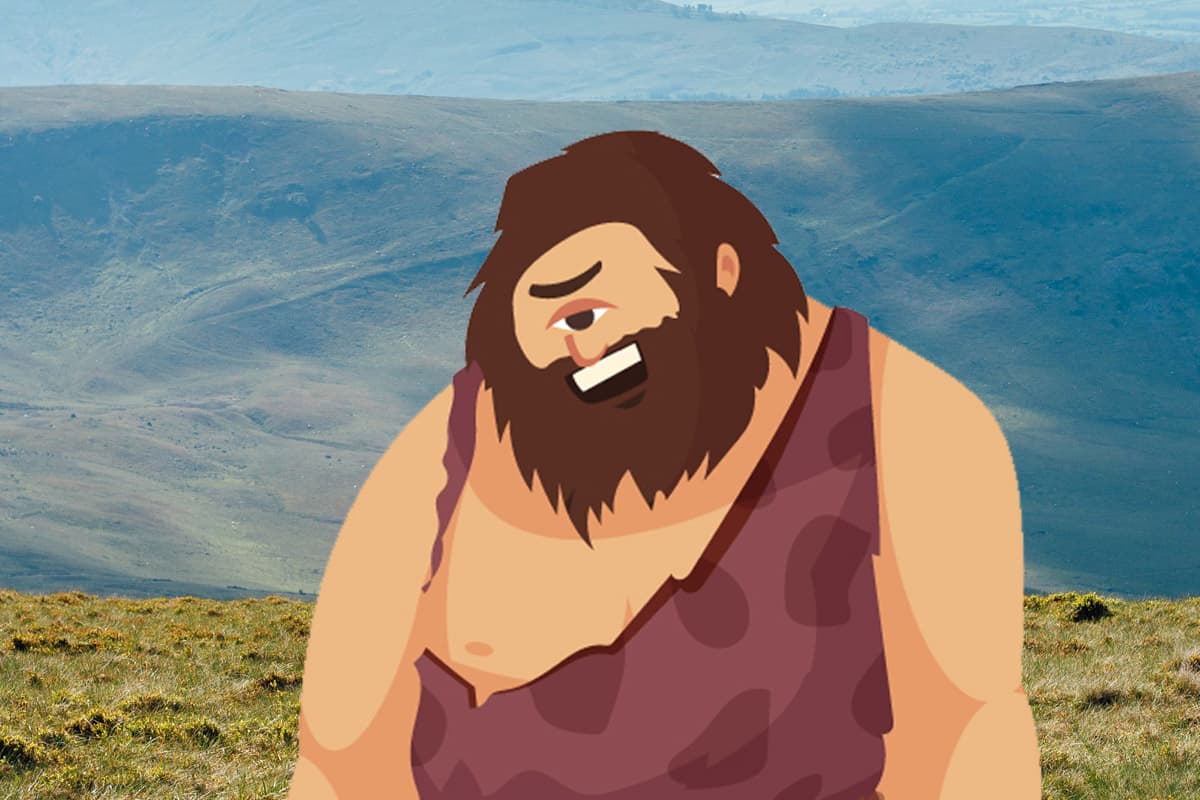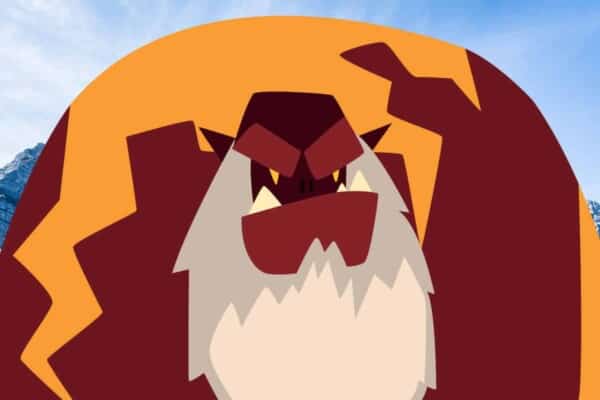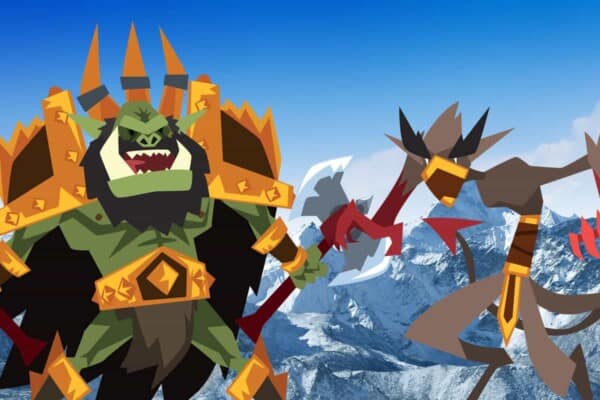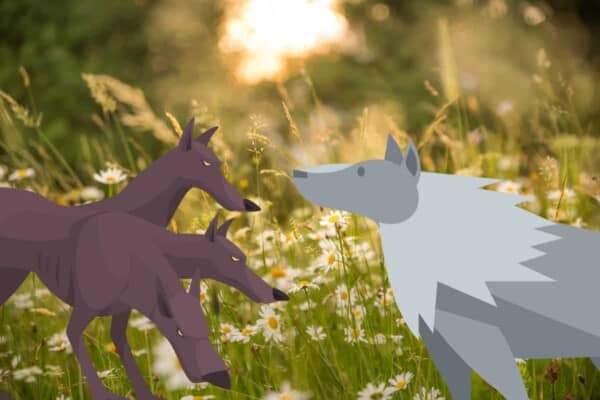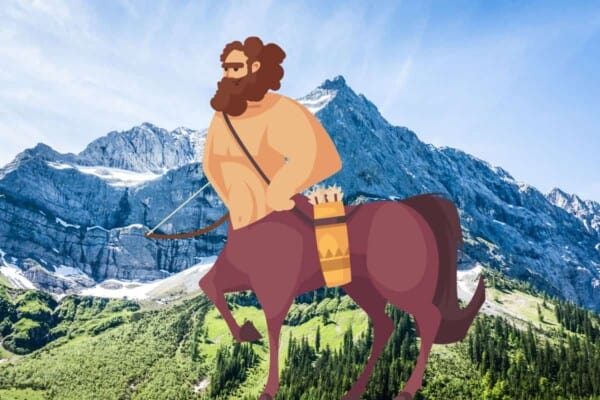The cyclops (plural cyclopes) is a giant who has lived in our collective imaginations for centuries. Their name means ‘round eye’ in Greek, and that is their most distinguishing feature – the one giant eye in the middle of their forehead. Similar creatures have existed in stories around the world, from Japan to Ireland to the Philippines.
There are several kinds of cyclopes in Greek mythology, some the children of primordial representations of the earth and sky, and others were sons of the sea god, Poseidon. These are some of their most interesting and relevant stories.
Just a Few Myths and Stories about Cyclopes
1. Polyphemus and Odysseus
In The Odyssey, Odysseus’s boat washed on the shore of the island of Polyphemus, who was a savage, violent monster. He broke the important Greek tradition of xenia and killed his guests, eating several of Odysseus’s crew. Through trickery, Odysseus managed to blind and overcome the cyclops and escape back to sea to continue his journey.
2. Sons of Gaia and Ouranos
Gaia, the personification of the earth, and her son and husband Ouranos had three sets of children. There were the hundred-handed Hecatoncheires, the three Cyclopes, and finally the mighty Titans, progenitors of the gods. Ouranos had heard that his sons would one day overthrow him, and so he locked his first two sets of children away underground. The leader of the Titans, Kronos, overcame his father before they, too, could be trapped, but continued his brothers’ imprisonment.
3. Freedom from Tartarus
When Zeus freed the other Olympians from Kronos, he also freed his uncles from their entrapment underground. As a result, the three Cyclopes used their skills and power to create weapons for the gods in their fight against the Titans. They gave Zeus his lightning bolts, Poseidon his trident, and Hades a helmet of invisibility.
4. Smiths of Hephaestus
Much later, the three cyclops sons of Gaia – Arges, Brontes, and Steropes – became smiths under Hephaestus, son of Hera and God of the Forge. Along with other cyclopes worked with him on many important tools and creations under the island of what is now Vulcano, just north of Sicily.
5. Killed by Apollo
Apollo’s son, Asclepius, was the father and god of medicine and healing. He taught cures and remedies to humans and was beloved by his wife and children as well as the wider population. However, when Asclepius began to bring people back to life, Zeus killed him with a lightning bolt. Since Apollo couldn’t go against Zeus, who was both his father and king of the gods, he found the cyclopes who had made the bolts and killed them instead.
6. The First Altar
The three cyclopes built the very first alter, Ara. Zeus and the other gods swore their alliance there before going to war with Kronos and the other Titans. After their victory, they placed the altar in the sky as a constellation, and it became the norm amongst humans for men to swear oaths upon altars to seal their promise.
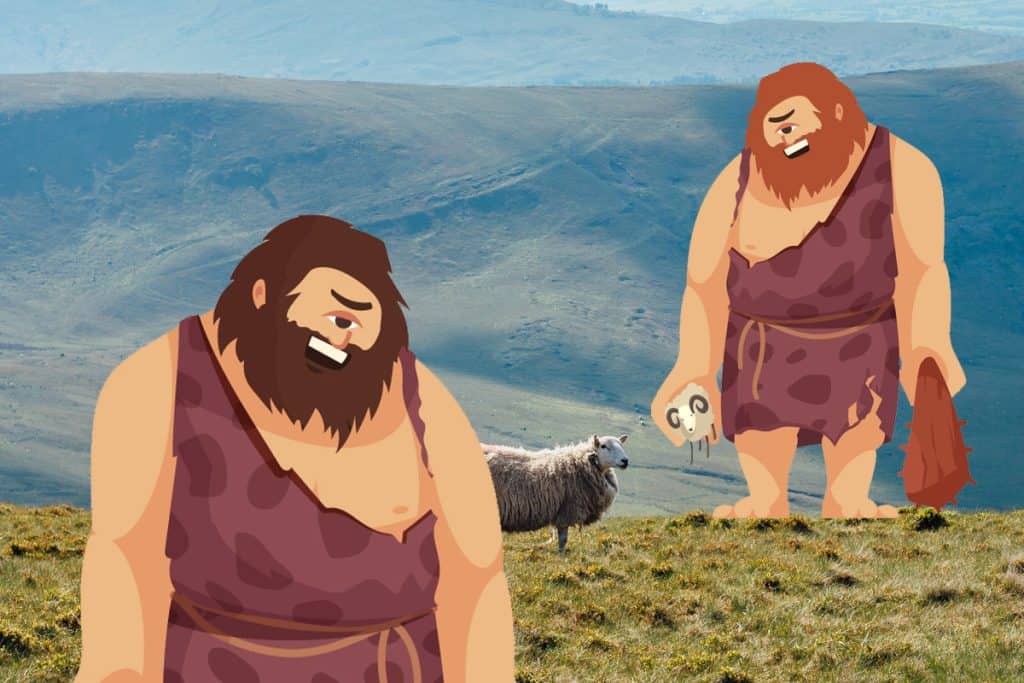
7. The Wall Builders
In several stories, benevolent, supernaturally strong, cyclopes were responsible of the great walls of Ancient Greece. Perseus brought a group of them to Argos, where they build the fortification known as the Mycenae walls. Proteus brought seven cyclopes to Tiryns to build the walls there. They also built the walls of Argos. They were the first to ever work with iron and bronze.
8. The Savage Cyclopes, Brothers of Polyphemus
These cyclopes lived in a land near or in Sicily where nobody else dwelt. They lived in caves without any walls or any rulers, living by their own solitary rules. The only things they ate were milk, cheese, and the meat of sheep – or, if they could get it, the flesh of humans. They never respected the rights of guests and in fact killed men who ventured near them.
9. The Bow of Artemis
Apollo was given a bow by the cyclopes as a gesture of good will for the new sun god. Artemis also met the cyclopes, aged just three years old, and unlike other children she never feared them. In fact, she tore hair from the chest of one that never grew back. As a young woman, she came before them again and bid them make her a bow that was equal to her brother’s, as she, too, was Leto and Zeus’s daughter. She promised in exchange that they would eat what she slayed.
10. Dionysus and the Cyclopes
When Dionysus came of age, he wished to be made an Olympian in place of his aunt, Hestia. Zeus agreed, but only if he could defeat the Indian king in war. Dionysus gathered troops and brought them to India. The cyclopes, pleased by his genial ways, fought at his side. They were mighty warriors, and they crushed the Indian army. Dionysus emerged victorious and joined the Olympians.
11. Polyphemus and Galatea (Early Version)
Galatea was a beautiful daughter of the Old Man of the Sea and sister to Thetis and the other forty-eight Nereids. She was in mutual love with a human, Acis, but caught the eye of Polyphemus. Polyphemus’s jealousy caused him to kill Acis by smashing him with a rock. However, he could not win Galatea’s heart. She simply turned her lover into a horned river-god, unchanged except for his coloring, and continued their relationship.
12. Polyphemus and Galatea (Later Version)
In later version of the story, Galatea eventually fell in love with Polyphemus, and they had at three children. Their names were Galas, the ancestor and founder of the Gauls, Illyrius, ruler of Illyria and the ancestor and founder of the Illyrians, and Celtus, the founder and ancestor of the Celts.
Final Thoughts
Though cyclopes these days are usually thought of as monsters thanks to the cultural imprint of Polyphemus, it’s clear from their stories that there was a wider variety in the original myth. Their stories show the Ancient Greeks’ hopes that we could stand on the shoulders of giants.
Contents
- Just a Few Myths and Stories about Cyclopes
- 1. Polyphemus and Odysseus
- 2. Sons of Gaia and Ouranos
- 3. Freedom from Tartarus
- 4. Smiths of Hephaestus
- 5. Killed by Apollo
- 6. The First Altar
- 7. The Wall Builders
- 8. The Savage Cyclopes, Brothers of Polyphemus
- 9. The Bow of Artemis
- 10. Dionysus and the Cyclopes
- 11. Polyphemus and Galatea (Early Version)
- 12. Polyphemus and Galatea (Later Version)
- Final Thoughts

